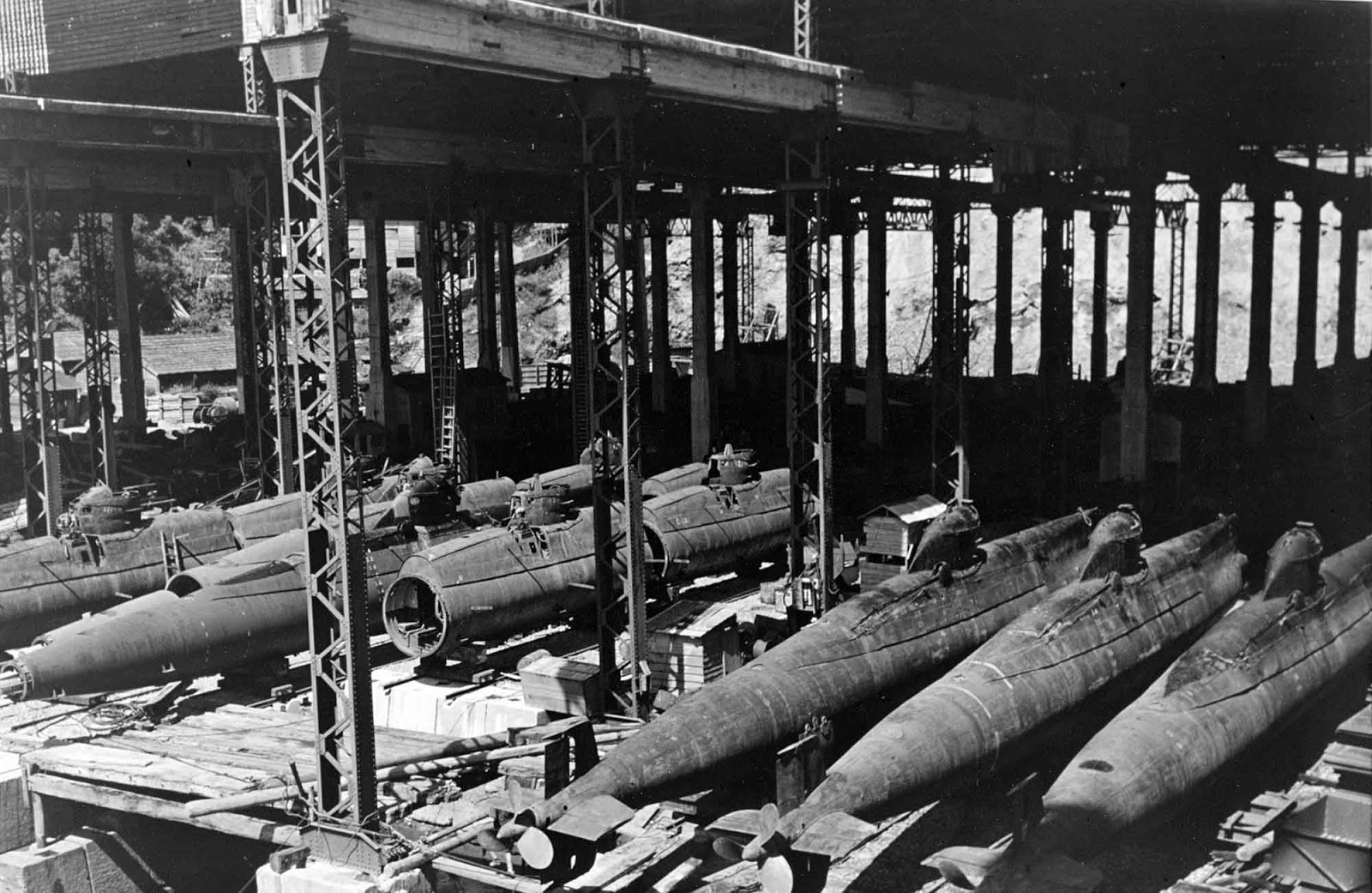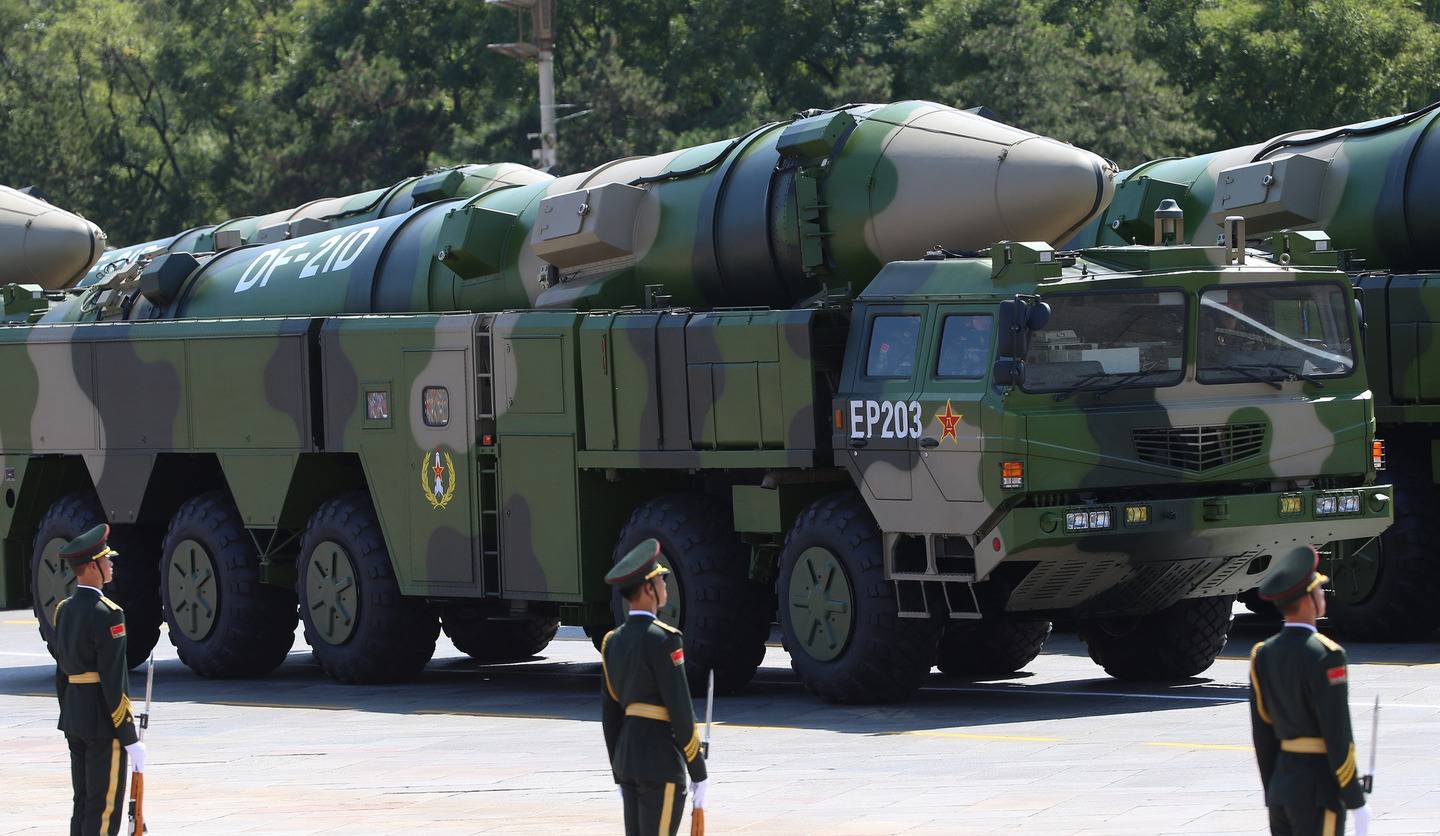- Banned
- #2,361
Both the F-15J and F-15DJ are both built by Mitsubishi in Japan.Was the F15 literally made in Japan like the F35 is?Actually I remember Pong and Asteroids.you're too young to remember Missile Command arcade gameSo your claim is that China has less than 1000 missiles...from his PC game..there are THOUSANDS of missilesYou and your impossible, stupid hundreds of anti-ship missiles. Where do they come from? Carriers aren’t going to come into their range until the defenses have been reduced by air and submarine launched cruise missiles.Dude there is no naval procedure keeping tankers in the air all the time around a carrier. 24 hours a day in all weather even while the ship is moving to a new destination. LOL also how much more range than the fighter do you think a carrier tanker has? But it's all irrelevant when hundreds of anti ship missiles arrive skimming the surfaceTotally wrong. Why? Because in any emergency scramble into the air incident and those are the ones that matter there is no tanker waiting to refuel the piece of shit f35. In such a situation you must get into the air fully fueled and armed which makes vertical takeoff impossible. LOL the F35 is the jet that was supposed to take off like a helicopter but that takes off like a jet, it never should have been built. From what I read the Eurofighter Typhoon is flying circles around the f35A fully fueled and armed F35 can not take off vertical as it was intended making the jet a total failure which is why we intended to sell it to Turkey so the Russians could tale the pile of krap apart to learn how not to build a real jet.No need for air launched missiles as the carrier must get within 500 miles of the target and land based missiles work at far greater ranges than that. Making the carrier obsoleteAir launched missiles always have less range than carrier launched fighters. Hawkeyes will spot the missile carriers long before they are in range and carrier fighter will kill then before they can launch their cargos. This will only happen in a war and the US Navy isn't stupid enough to blindly sail into range of Chinese missiles. The USN and USAF have weapons that can obliterate fixed launchers and the sandbar airfields long before US forces need to enter their range.How would a carrier group respond to that situation?So in your delusion anti ship missiles are mythical.Not my scenario kidNo carrier has been attacked since WW2, at that time Japan used everything it had to sink them. Today an enemy would launch 100 to 1000 anti ship missiles all arriving within a simultaneous ten second window if needed. So since no carrier can survive this then no carrier can attack an enemy with these missiles making the carrier USELESS in a modern conflictExactly so if you can shoot down a rocket or shell you can not miss a carrier.To take over third world countries and hong kong and taiwan perhaps.Because we have basically the same stuff. The fact is that a carrier is only effective against a third world country like Afghanistan. The last credible threat to any carrier was japan in ww2Not all loaded for release in one single second and if needed a real enemy could launch 1000 simultaneously. Seriously russia does not rely on carriers for this reason as they have only 1.even aircraft carriers themselves are obsolete as they have no means to shoot down 100 or more anti ship missiles simultaneously.
Carve it in stone
Carrier battle groups carry roughly three times as many anti missile missiles as that.
And there is approximately no chance the launch platforms for 100 missiles would manage to get within range of a U.S. carrier in war time. The entire reason for the F-14 Tomcat and Pheonix missiles was built around intercepting Soviet bombers before they could launch.
They wouldn't even have to be shot down. If Soviet bombers detected missiles locking onto them they would jettison their missiles in order to be able to take evasive action.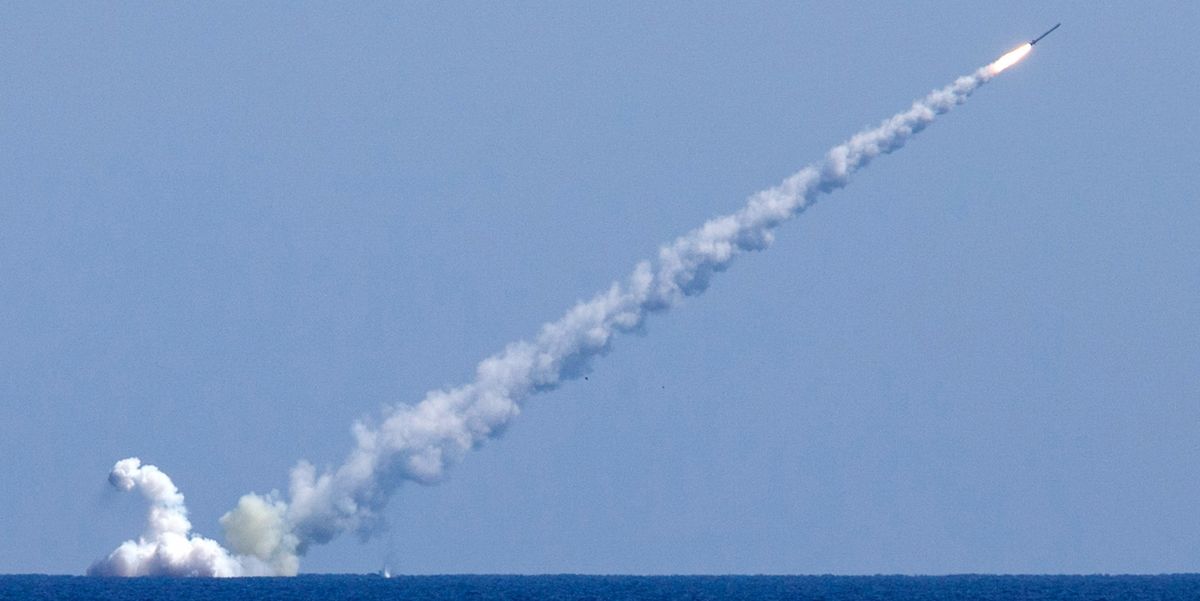
Russia’s New Hypersonic Missile Travels Nearly Two Miles a Second
“Zircon” would likely be unstoppable by today’s cutting edge air defenses.www.popularmechanics.com
1.7 miles per second. No carrier has a lifespan over an hour
And what makes you think the Russians are telling the truth? They have a long history of making extravagant claims about weapons systems and other technologies that have no basis in reality. Russia isn't like the U.S. where entire legions of congressional and media critics line up to hold people accountable for weapons systems claims.
Then why is china building them?
Partially. But it is also a truism that aircraft carriers project power like nothing else on earth. And guess what, there are already hypersonic missile interceptors out there. Have been for a long time. And they are very, very effective. One of them is tested by shooting down artillery shells.
How would a carrier attack Russia or China?
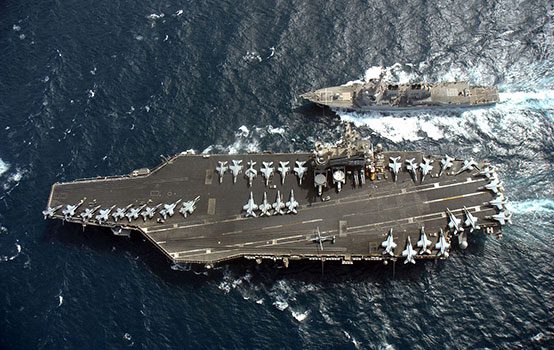
Face It, The Mighty U.S. Aircraft Carrier is Finished | The American Conservative
The first step is acknowledging that in a standoff, it could lose, and badly.www.theamericanconservative.com
U.S. supercarriers are proven able to survive and continue operations when hit by as many as six anti ship missiles.
That's quite a fantasy scenario you have come up with
But you can prove me wrong by describing the last credible threat to a US carrier since WW2.
Yawning

Face It, The Mighty U.S. Aircraft Carrier is Finished | The American Conservative
The first step is acknowledging that in a standoff, it could lose, and badly.www.theamericanconservative.com
What was that junior? You keep talking about your mythical 1000 missile time on target barrage, and then ask me to give you the last time there was a credible threat against a US carrier battle group..... I think you just proved my point.
Kid.
Okeedokee
No, kiddo, your thousand arriving at the same time is what is mythical.
Well that's obvious, by sinking
This is why Russia does not rely on obsolete carriers
Like I said, squirt, your mythological attack won't happen. The chinese don't have enough missiles for even a tenth of your supposed assault.
Stop playing those war games, they warp your thinking junior.
But the threats to the carrier are mounting, experts say. With the advent of ground-launched hypersonic missiles, it’s a matter of time before air-launched hypersonic missiles present a nearly insurmountable threat, barring a significant development to counter them.
“I think what King’s comments reflect is that he sees the vulnerability of the aircraft carrier only getting worse,” said Bryan Clark, a retired submarine officer and analyst with the Center for Strategic and Budgetary Assessments. “Specifically, maybe not so much these kind of boost-glide weapons, but its more about cruise missiles that are hypersonic — air-launched perhaps.
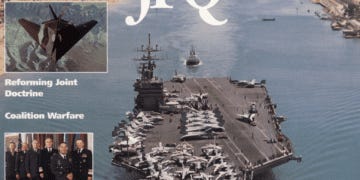
‘The Carrier is Vulnerable and Obsolete’ according to 100 years worth of military journals
ANNAPOLIS, Md. – Defense Tropes Quarterly announced the publication of yet another article claiming the aircraft carrier is vulnerable, obsolete, and prohibitively expensive. The piece is the latest in a long series of articles in professional military journals questioning the utility of the...www.duffelblog.com
‘The Carrier is Vulnerable and Obsolete’ according to 100 years worth of military journals
The F-35C is coming online now. I don't have the exact figures. But let's take a look at their range loaded with internal weapons. This includes Air to Ground Missiles.
1367 miles without external fuel. Now add two external fuel tanks and before it gets into range, have it meet a tanker to top if off and have it meet a tanker on the way out. Let's do a scenario.
The F-35C launches with a full load of internal and external stores. He launches with very little fuel. He meets a Tanker right after launch which tops him off. He's loaded out with two Aim-9Xs and four Aim-120s as well as a mix of the following stores.
Some of these have a 1000 mile range and are self autonamous.
- Air-to-surface missiles:
- AGM-88G AARGM-ER (Block 4)
- AGM-158 JASSM[170]
- SPEAR 3[164]
- Joint Air-to-Ground Missile (JAGM)
- Joint Strike Missile (JSM, planned)
- SOM
- Anti-ship missiles:
The range of the loaded F-35C is now at least 2000 miles. That means he has to get within 1000 miles of his intended target to make it home. The carrier can lessen that by closing. So let's say, the F-35C only has to do a 750 mile return flight with air refueling. But he can extend that by multiple air refuelings. That puts the Carrier out of range for attack. And if you try and come without 1000 miles you are going to run into a hornets nest of support ships and ECM birds.
If the Chinese want at the carriers, it's going to be a bloody fight in and a bloody fight out. Chances are, there will be a high presence of USAF involved as well with the F-22 and their refueling force and AWACs. And don't sell the F-18s short either. The Chinese will be greatly outnumber in both air assets and naval ships. Entire Corridors are going to be created where the B-2 and B-1s can do their magic.
I can't see ANY logic, other than population control, that would drive China into such an insane move.
Number of nations sold the F22
One, the USA
If you have ever seen a F-35B fully loaded take off, he takes off using both runway and his lift engine to get into the air and get his airspeed up as quickly as possible. And then he meets a tanker whether it be a F-18 configured for as a refueler or any number of refuelers. The same goes for the F-35C and A which can take off in REAL Monster mode carrying more ordinance than a F-16 or a F-18 ever dreamed of. And carry it twice as far. The F-35C used the space that the B used for it's lift fans and drive for fuel making it a very long combat ranged bird. And it's coming online as I type this in numbers. They don't have to get the carrier anywhere close to send even the F-18E/F/Gs since they can refuel them on the way in and on the way out.
As for the Russians being able to take the F-35 apart, their SU and Migs sold to various countries aren't doing such a hot job when the F-35A Recons are taking pictures almost directly over their runways completely undetected. You have to see it to shoot it down. If you don't believe me, ask the Iranians that are complaining about the Israelis overflights over Iran.
If you know anything about the Naval Procedures, they keep X number of Tankers in the air, X number of tankers on alert status 24/7. And can generate more when needed. And a monster loaded F-35B will NEVER be able to take off in hover mode. But he can take off in STOVL mode. And the requirements of both the A and the C are to be able to take off in Stovol mode in monster mode at all times. Granted, a Tanker will have to be met but I think the Navy and the AF can meet that requirement with the tankers better than any other nation on the face of the earth. I don't know about if it's better than the planet you come from so I won't comment on that.
As for the Typhoon flying circles around the F-35, how about a cite on that one. Just because you say so isn't reason enough for the rest of us to believe it.
hahahahahhahaahahhahaah
Well you never were really smart but at this point your brain is struggling to figure out how to breath
THOUSANDS of missiles
hahahhahahahahahahhahahaha
View attachment 412514
And I know that this is not relevant now as you do not seem to understand
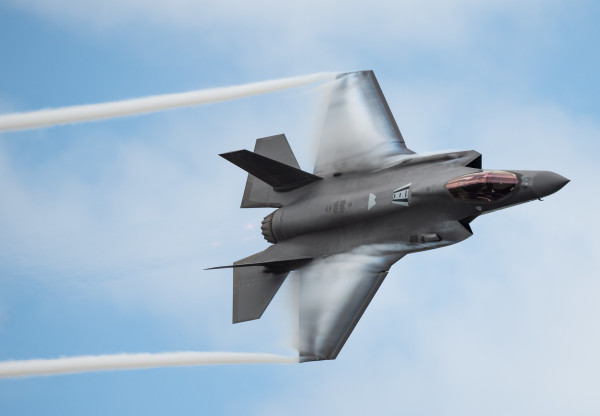
The F-35 still has hundreds of problems the Pentagon has no plans on fixing
The F-35 Joint Strike Fighter Program Office’s Deficiency Report Metrics, dated Feb. 28 and obtained by the Project On Government Oversight, indicates that the Pentagon is still dealing with roughly 883 design flaws, more than half of which reman "open, in dispute"taskandpurpose.com

Inside America’s Dysfunctional Trillion-Dollar Fighter-Jet Program (Published 2019)
The F-35 was once the Pentagon’s high-profile problem child. Has it finally moved past its reputation of being an overhyped and underperforming warplane?www.nytimes.com
On the morning of June 23, 2014, an F-35 burst into flames just moments before its pilot was set to take off on a routine training mission. He heard a loud bang and felt the engine slow as warning indicators began flashing “fire” and other alerts signaled that systems in the plane were shutting down. Witnesses at Eglin Air Force Base near Pensacola, Fla., reported seeing the pilot escape from the cockpit and run away from the fighter jet, which was engulfed in thick plumes of black smoke. It was the first major mishap involving a F-35 Joint Strike Fighter, and it couldn’t have happened at a worse time.
In less than a month, the F-35, America’s high-profile next-generation fighter jet, was poised to make its international debut in Britain at Farnborough Airshow, the second-largest event of its kind in the world. Officials from the Pentagon and the aircraft’s manufacturer, Lockheed Martin, had eagerly anticipated the opportunity to show off a working, flying F-35 after a decade of delays and spiraling cost overruns.
The F-35 initiative is the Defense Department’s most expensive weapons program ever, expected to cost taxpayers more than $1 trillion over its 60-year lifespan. It’s also the United States military’s most ambitious international partnership, with eight other nations investing in the aircraft’s development. Its advocates promised that the jet would be a game-changing force in the future of war — so much was riding on its success that a program cancellation was not an option. And yet for years it seemed as if the F-35 might never make it beyond its development phase.
Christopher Bogdan, the Air Force lieutenant general in charge of the program at the time of the fire, received a call about the incident within the hour. His first reaction was relief that it had been detected before takeoff, a stroke of good fortune that allowed the pilot to escape uninjured. “If that engine problem would have occurred 30 seconds, 60 seconds, two minutes later, that airplane would have been airborne,” Bogdan said in a recent interview. “Heaven knows what could have happened then.”
An investigation of the incident determined that a fan blade in the jet’s engine had overheated from friction and cracked, throwing off fragments of metal that punched through the fuselage, severed hydraulic and fuel lines and ignited a spray of jet fuel. Officials couldn’t guarantee that other F-35s wouldn’t have the same problem, and they didn’t want to risk a potentially catastrophic fire during a trans-Atlantic flight. The F-35 never made it to Farnborough that year, and the public-relations coup that Pentagon and Lockheed officials had hoped for turned into another round of ammunition for the plane’s critics.
It was one more bad news story for a controversial program that had been dogged by bad news.
Slowly, though, the program and its reputation have improved over the ensuing five years. Lockheed has now delivered more than 400 planes to American and foreign militaries, and the unit cost per aircraft has dropped significantly. In 2018, the F-35 completed its first combat operation for the Marine Corps in Afghanistan. The Air Force used it for airstrikes in Iraq about six months later. Later this year or in early 2020, the F-35 will go into full-rate production, with Lockheed expected to churn out 130 to 160 or more planes per year, a huge step up from the 91 planes delivered in 2018. That production milestone will be a symbolic turning point for the program, evidence that major problems that plagued the Joint Strike Fighter in the past are now history.
I was with the F-15 in the very beginning. The plight of the F-15 was very similar to the F-35. In fact, they really didn't get it ironed out until the F-15C was fully introduced and the F-15As were upgraded to the C. And unlike the F-35 with no pilot deaths due to the AC, the F-15 had pilot deaths.
How Japan might the military force toss back out of intermission behind WW II.

